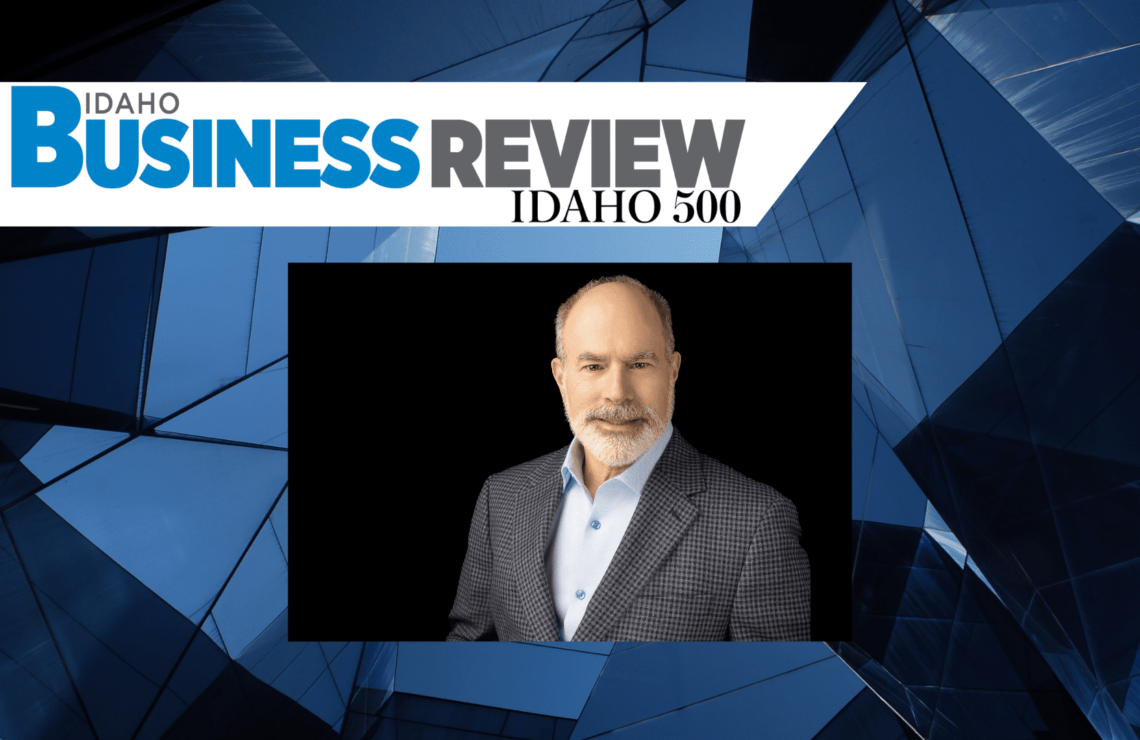Originally published on Idaho Business Review
By Catie Clark, August 17, 2021
The juggernaut of industrial real estate in the Treasure Valley just won’t slow down. Not even a pandemic and a growing housing shortage seem to have any effect on slowing shrinking vacancy rates and growing absorption, as reported by the region’s leading commercial brokers.
Industrial Projects
Low vacancy and positive absorption is good news, especially since industrial parks in the Treasure Valley keep popping up like mushrooms after a rainstorm. The last few months have seen the announcement of Bow River Capital’s 60-acre Fuller84 business park across the street from the Amazon’s fulfillment center in Nampa; plus the announcement of the giant 520-acre Pleasant Valley business park off the southern end of Orchard Street, developed by a partnership of Ball Ventures Ahlquist (BVA) of Meridian, Ball Ventures of Idaho Falls, Adler Industrial of Boise and Sawtooth Investment Management of Boise.
To add to the two new industrial parks are the many projects either in progress or waiting for development. These include Adler Industrial’s Northside Industrial Park, which has erected two of its seven planned buildings; BVA’s Victory Commons, which is now putting in a new flex building; the Mountain Home Park & Rail, BVA’s North Ranch Business Park and City of Caldwell’s Sky Ranch Business Park. This is just a sampling of the new properties available or soon to join the market.
Vacancy
Vacancy figures vary depending on the source and when the statistics were published. The areas covered by local brokers also vary, and this an additional factor that accounts for differing statistical results. None of the reports vary significantly, so small differences likely reflect slight differences in how each firm collects and reports its data. Out of the data reviewed, Cushman & Wakefield and Colliers reported Q2 numbers in mid-June and TOK Commercial reported July numbers in the first week of August.
Cushman & Wakefield reported average industrial vacancy of 2% at the end of Q2, and predicted that it will drop even further in the Treasure Valley as long as demand exceeds current supply. TOK Commercial reported average vacancy of 1.26% for Ada and Canyon counties combined in its July report, with a 1.49% vacancy for Ada and an anemic 0.83% vacancy for Canyon. Colliers reported somewhat different numbers for Q2, of 4.1% industrial vacancy in Ada and 1.4% in Canyon.
These vacancies rates are at anorexic lows for the Treasure Valley. TOK Commercial data from 10 years ago (2012) reveals a vacancy rate of just under 10% for the Treasure Valley compared to the 1.26% — representing just 650,000 square feet — for July 2021.
Lease Rates
TOK Commercial reported that average industrial rates were $0.70 per square foot (National Retail Properties, monthly). Cushman & Wakefield reported a somewhat higher average of $0.81, breaking that down to $0.94 for office service/flex and $0.58 for warehouse and distribution. Colliers was somewhat lower with $0.66 for Ada and $0.62 for Canyon (National Retail Properties).
Given the growing demand for industrial space, both Colliers and Cushman & Wakefield predicted that lease rates will continue to climb given greater demand than current supply. Cushman & Wakefield summarized the leasing climate as follows: “In line with strong demand and limited supply in Q2, asking rents rose from $0.80 to $0.81 per square foot on a monthly basis. That number is expected to rise over the next year. Premium prices are being paid for spaces less than 10,000 square feet, as well as for new construction.”
Net asking lease rates for industrial properties fell 5% in the dot-com recession and 18% in the Great Recession. Lease rates for the COVID-19 downturn essentially didn’t budge and just kept going up. According to Colliers, both Ada and Canyon County lease rates increased $0.09 year-over-year. Cushman & Wakefield showed around a $0.20 increase in average lease rates year-over-year. Regardless how different firms processed their metrics, industrial space has gotten more sparse and more expensive since a year ago.




